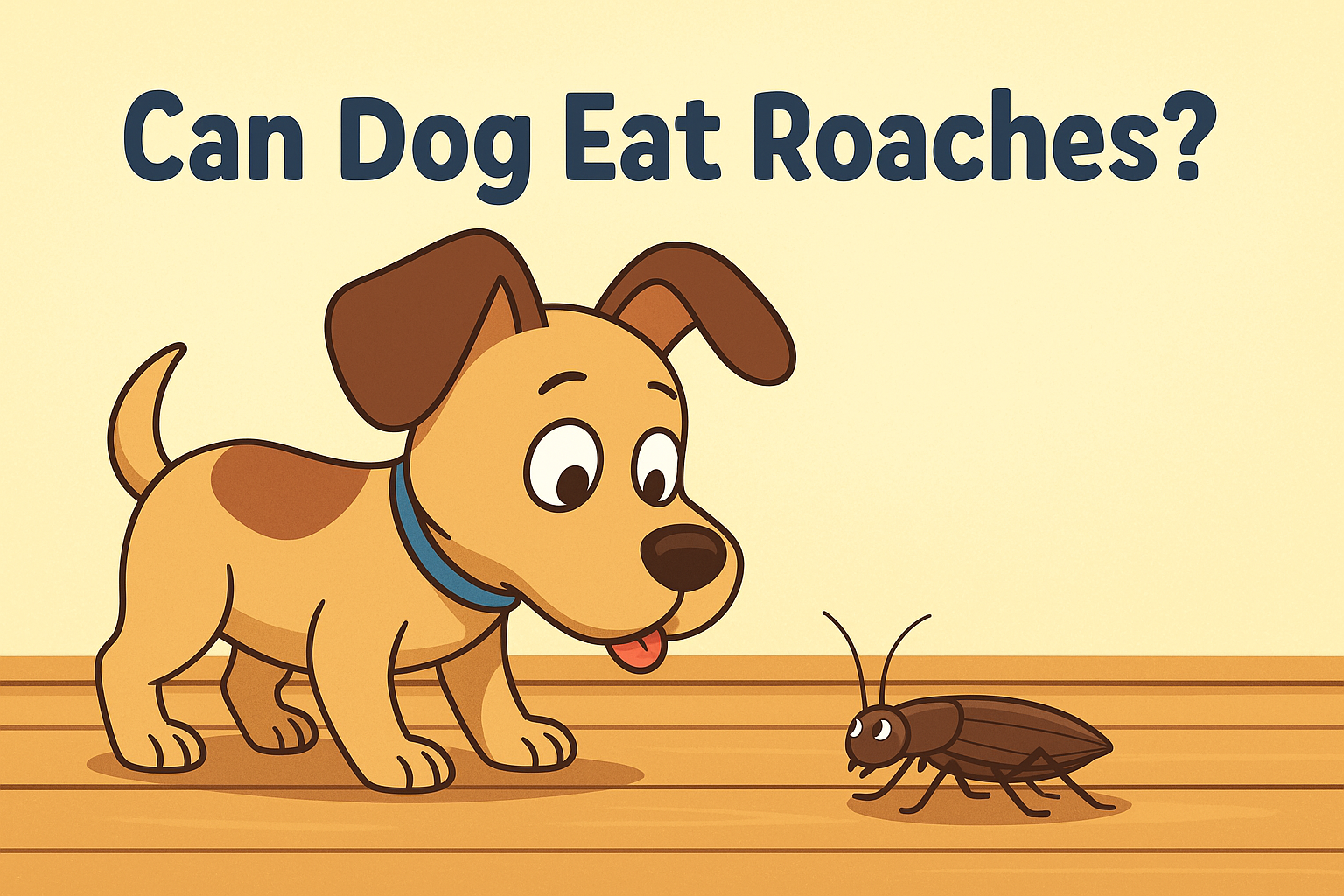Can Dogs Eat Crawfish? A Complete Guide for Pet Owners 🐕🦞
As dog owners, we are always looking for ways to give our furry friends healthy and tasty treats. While many of us love to enjoy seafood, it’s important to ask: Can dogs eat crawfish? Crawfish, also known as crayfish or freshwater lobsters, are a popular seafood choice for humans, but are they safe for our pets? In this article, we will dive deep into the potential benefits, risks, and safety tips for feeding crawfish to dogs. Plus, we will answer your frequently asked questions and provide a detailed nutritional breakdown.
What is Crawfish? 🤔
Crawfish are freshwater crustaceans that look like miniature lobsters. They are commonly found in rivers, lakes, and marshes. Crawfish are popular in various cuisines, especially in Southern US dishes like crawfish boils, gumbo, and étouffée. They are often served whole, with their shells removed, and can be seasoned in a variety of ways.
For humans, crawfish are a great source of protein, vitamins, and minerals. But what about dogs? Can they safely enjoy this seafood treat, or should it be avoided altogether?
Nutritional Breakdown of Crawfish 🦞
Before we look at whether dogs can eat crawfish, it’s helpful to understand what makes this seafood a nutritious option for humans. Here’s the nutritional value of crawfish for your reference:
| Nutrient | Amount per 100g |
|---|---|
| Calories | 77 kcal |
| Protein | 15.6g |
| Fat | 1g |
| Carbohydrates | 0g |
| Fiber | 0g |
| Cholesterol | 70mg |
| Sodium | 160mg |
| Vitamin B12 | 1.2µg |
| Iron | 1.8mg |
| Calcium | 56mg |
| Omega-3 Fatty Acids | 0.3g |
As you can see, crawfish are a good source of protein, omega-3 fatty acids, and important minerals such as calcium and iron. However, the sodium content in crawfish can be a concern when feeding it to dogs. High levels of sodium in a dog’s diet can lead to health problems, including sodium poisoning. So, let’s explore whether it’s safe to feed crawfish to dogs and what precautions you need to take.
Is Crawfish Safe for Dogs to Eat? ✅
The answer is: Yes, but with some important conditions. Crawfish can be a healthy treat for dogs if prepared properly and served in moderation. However, there are some potential risks and precautions to keep in mind.
1. High Sodium Content 🧂
Crawfish, especially when served in a dish like a crawfish boil, can be high in salt. While dogs do need some salt in their diet, too much can lead to serious health problems, such as sodium poisoning. Symptoms of sodium poisoning in dogs include:
- Excessive thirst
- Vomiting
- Diarrhea
- Muscle tremors
- Seizures
If you’re serving crawfish to your dog, make sure it is cooked without excessive salt or spices. You should avoid any seasoning like garlic, onions, or butter, which can be harmful to dogs.
2. Shells and Hard Parts 🦞
The shells of crawfish can be difficult for dogs to digest and may even pose a choking hazard. Dogs may accidentally swallow the shells, which can lead to digestive blockages or injury to the intestines. Always make sure to remove the shell and cut the crawfish into small, bite-sized pieces before serving it to your dog.
3. Allergic Reactions 🐾
Some dogs may have an allergy to shellfish, including crawfish. Signs of an allergic reaction include:
- Itching
- Swelling
- Hives
- Vomiting
- Difficulty breathing
If you’ve never given your dog crawfish before, start with a small amount and watch for any signs of allergic reactions. If your dog shows symptoms of an allergy, discontinue feeding them crawfish and contact your veterinarian.
4. Choking Hazard ⚠️
Since crawfish are small and can have small claws and legs, these can be a choking hazard for smaller dogs. Always ensure the crawfish is cleaned, shelled, and cut into small pieces to make it safer for your dog.
Health Benefits of Crawfish for Dogs 🐕🍴
When prepared correctly, crawfish can provide your dog with a healthy, nutrient-packed snack. Here are some benefits of crawfish for dogs:
1. High in Protein 💪
Crawfish is rich in high-quality protein, which is essential for a dog’s growth, muscle development, and tissue repair. Dogs need protein in their diet for healthy muscles and energy, and crawfish is an excellent source of lean protein.
2. Omega-3 Fatty Acids 🧡
Crawfish contains omega-3 fatty acids, which are great for a dog’s coat and skin. Omega-3s can help reduce inflammation and support joint health, making crawfish a good option for dogs with skin issues or arthritis.
3. Rich in Vitamins and Minerals 🦴
Crawfish is a good source of important vitamins and minerals, including:
- Vitamin B12: Essential for energy production and red blood cell formation.
- Calcium: Important for strong bones and teeth.
- Iron: Vital for oxygen transportation in the blood.
Feeding your dog crawfish in moderation can help supplement their diet with these important nutrients.
How to Safely Serve Crawfish to Dogs 🦞🍽️
If you decide to give your dog crawfish, it’s important to do so safely. Here are some tips for preparing crawfish for your dog:
- Cook the Crawfish Properly: Always cook the crawfish thoroughly before serving it to your dog. Avoid using any spices, butter, garlic, or onions, which are harmful to dogs.
- Remove the Shell: The shells can be a choking hazard and difficult for your dog to digest. Make sure to peel the crawfish and remove any hard parts before serving it.
- Serve in Moderation: While crawfish can be a nutritious snack, it should only be offered as an occasional treat. Too much seafood can upset your dog’s stomach or cause digestive issues.
- Cut into Small Pieces: Make sure to chop the crawfish into small, bite-sized pieces to avoid choking hazards.
- Monitor for Allergies: As mentioned earlier, shellfish can cause allergies in some dogs. Start by offering a small amount and monitor your dog for any signs of allergic reactions.
What Are the Risks of Feeding Crawfish to Dogs? ⚠️
While crawfish can be a healthy and tasty treat for dogs, there are certain risks involved. Let’s review them:
- Sodium Poisoning: If the crawfish is prepared with too much salt, it can cause sodium poisoning, leading to symptoms like vomiting, diarrhea, and excessive thirst.
- Digestive Issues: Eating too many shellfish, or consuming crawfish with the shells, can lead to gastrointestinal upset, such as bloating, gas, and indigestion.
- Allergic Reactions: Some dogs are allergic to shellfish, which can cause symptoms like itching, swelling, and difficulty breathing.
- Choking Hazards: As with any small food item, crawfish could be a choking hazard, especially if not prepared properly.
Frequently Asked Questions (FAQs) ❓
Q1: Can dogs eat crawfish shells?
A1: No, dogs should not eat crawfish shells. They can be a choking hazard and difficult to digest, leading to digestive issues or injury.
Q2: How much crawfish can I feed my dog?
A2: Crawfish should only be offered as an occasional treat, and not as a regular part of your dog’s diet. A small amount (about a tablespoon) is enough for most dogs.
Q3: What should I do if my dog eats too much crawfish?
A3: If your dog eats too much crawfish, monitor them closely for signs of digestive distress, such as vomiting, diarrhea, or bloating. If symptoms persist, contact your veterinarian.
Q4: Can crawfish cause allergies in dogs?
A4: Yes, some dogs are allergic to shellfish, including crawfish. If you notice any signs of an allergic reaction (such as itching, swelling, or vomiting), stop feeding crawfish and consult your veterinarian.
Q5: Can I feed my dog crawfish if it is cooked with seasoning?
A5: It’s best to avoid seasoning crawfish with garlic, onions, or excessive salt before feeding it to your dog. These ingredients are harmful to dogs and can cause serious health issues.
Conclusion ✅
Crawfish can be a healthy, tasty treat for dogs when prepared properly. It provides essential nutrients like protein, omega-3 fatty acids, and vitamins. However, it’s important to feed crawfish in moderation and ensure it is cooked without harmful seasonings. Always remove the shells and cut the crawfish into small, manageable pieces to reduce choking hazards. If you notice any signs of allergies or digestive issues, discontinue feeding crawfish and consult your veterinarian.
Remember to always prioritize your dog’s health and safety. Treat crawfish as an occasional snack and not a regular part of their diet. Enjoy sharing this unique treat with your furry friend, but make sure to do so responsibly! 🐾🦞
Also Read :





2 thoughts on “Can Dogs Eat Crawfish”